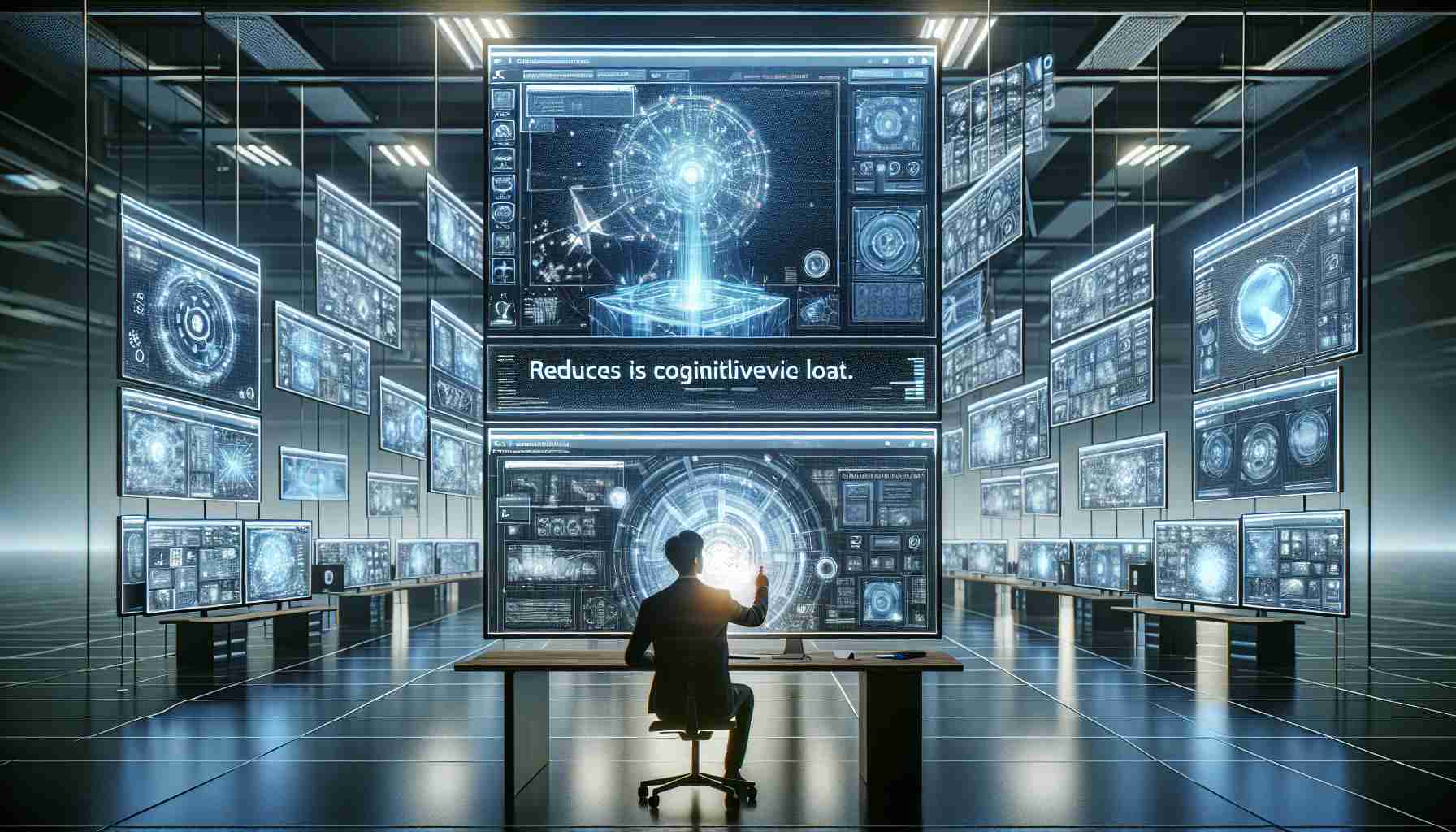Microsoft continues to innovate in the realm of augmented reality despite initial speculations of a new release for the Hololens. Rather than a simple upgrade, a recent patent hints at a groundbreaking development in user experience.
The patent reveals a sophisticated multi-factor intention determination system designed to enhance user interactions within augmented reality environments. This system goes beyond mere gesture recognition by incorporating signals such as eye movement, finger positions, and head orientation to accurately interpret user intentions in the virtual world.
Through this technology, digital objects can seamlessly align with the user’s perspective, moving naturally as the user moves. Users would witness recently invoked digital objects for a short duration, revolutionizing the way they engage with augmented reality worlds.
The implications of this patent are profound, promising a future where the boundaries between the real world and virtual reality blur. Different objects and interfaces could be managed based on user gestures, offering a seamless and intuitive experience for users.
While this patent stands out among the myriad registered by tech companies annually, its potential impact on future iterations of Hololens is yet to be determined. Only time will tell if this technology will manifest in a future release, potentially reshaping how users interact with augmented reality environments.
Revolutionizing User Interaction: Microsoft’s New Patent Unveils Exciting Developments in Augmented Reality
Microsoft’s relentless pursuit of innovation in augmented reality takes a leap forward with a recent patent that introduces a groundbreaking approach to user interaction. The patent discloses a sophisticated multi-factor intention determination system that aims to revolutionize how users engage with augmented reality environments.
In addition to capturing gestures, the system incorporates signals including eye movement, finger positions, and head orientation to accurately interpret user intentions in virtual worlds. This level of detail enables digital objects to seamlessly align with the user’s perspective, mirroring natural movements and providing a more immersive experience.
One key question that arises from this new development is how will this advanced intention determination system impact user immersion and interaction in augmented reality? The system’s ability to understand nuanced cues like eye movement and finger positions suggests a more intuitive and seamless user experience, potentially reshaping the way users interact with digital content in the augmented world.
Another important consideration is the potential challenges or controversies associated with this technology. One challenge could be ensuring the system’s accuracy and responsiveness across diverse user interactions and environments. Controversies may arise regarding user privacy and data collection, as the system requires capturing and analyzing sensitive information like eye movements.
Advantages of this technology include the ability to create a more personalized and interactive augmented reality experience, tailored to individual user behaviors and preferences. By seamlessly integrating digital objects into the user’s perspective, Microsoft’s patent opens up new possibilities for immersive storytelling, educational experiences, and innovative applications in various fields.
On the other hand, disadvantages could include concerns about the system’s reliance on multiple data points for intention determination, leading to potential errors or misinterpretations. Additionally, there may be challenges in implementing this technology across different hardware platforms and ensuring compatibility with existing augmented reality devices.
As Microsoft continues to push the boundaries of augmented reality with this groundbreaking patent, the future of user interaction in the digital realm holds exciting possibilities. Only time will reveal the full extent of this technology’s impact on augmented reality experiences and its integration into Microsoft’s Hololens ecosystem.
For more information on Microsoft’s innovative developments in augmented reality, visit Microsoft’s official website.
